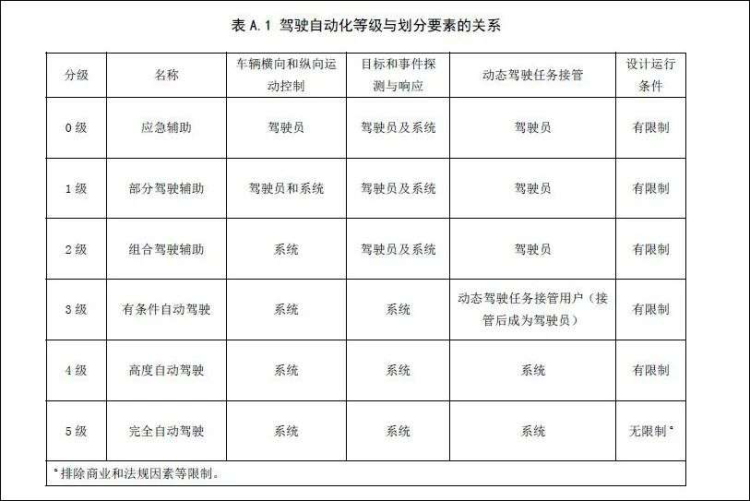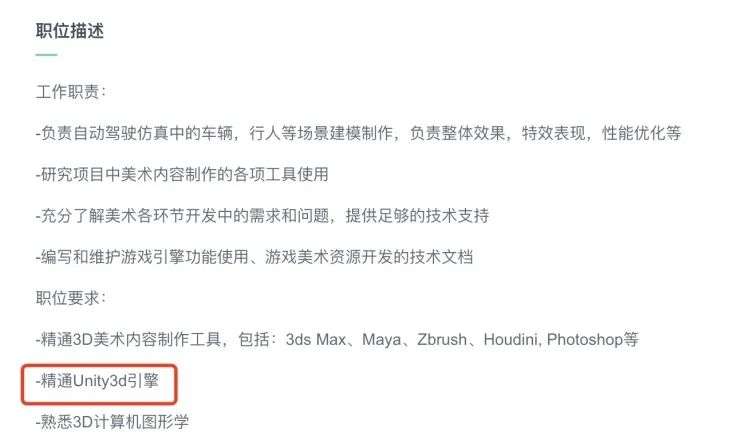Since the birth of Bitcoin, various applications and gameplay have emerged in the encrypted world continuously, and the innovation iteration speed is several times that of the traditional Internet. But strictly speaking, these improvements are only at the application level, and the pain points of the underlying blockchain architecture have not been fundamentally resolved.
In summary, the public chain has a high degree of decentralization and cannot guarantee the efficiency of data processing. At the same time, the compatibility between them is poor, which makes it difficult for data and assets to flow efficiently across systems. These two major issues have become more acute with the explosion of applications on the chain.
It can be said that the encryption world is struggling to expand across the chain for a long time. Under this background and demand, the cross-chain expansion solution BitTorrent Chain (BTTC) launched by the TRON public chain came into being.
1. The new vision has epoch-making significance for the global financial community
On September 3, Justin Sun, the founder of TRON, issued an open letter to the community regarding the new vision of TRON and the official launch of BitTorrent Chain . Justin Sun introduced that TRON 's cross-chain expansion solution BTTC will be officially launched on October 30. In the future, the first layer (Layer1), that is, the positioning of the TRON protocol as a global clearing layer, mainly provides clearing services for financial institutions; and the second layer (Layer2), namely BTTC, will serve as a bridge across Ethereum, TRON and BSC. A cross-chain expansion solution.
It is worth mentioning that BTTC is completely decentralized, and its nodes can participate in TRON Super Representative elections and obtain pledge rewards through voting pledges.

Justin Sun published an open letter on Weibo
Justin Sun also mentioned in the letter that since its official launch on June 25, 2018, the total assets on the TRON chain have exceeded US$50 billion, and the total lock-up volume has exceeded US$10 billion. But what is even more cause for concern is that the daily settlement transaction volume processed by the TRON protocol exceeds 10 billion U.S. dollars, which is comparable to that of Ethereum. Compared with traditional financial transfer networks, TRON's single-day settlement amount has reached 5 times that of the global electronic payment giant Paypal.
The support of objective data gives the TRON agreement the confidence to redefine its vision. According to the plan, TRON aims to provide decentralized, safe, efficient, low-cost and intelligent clearing services for global financial institutions, and gradually complete the replacement of SWIFT with the wave of digital asset popularization .
According to Justin Sun's analysis, SWIFT, as the bottom layer of clearing, is the information and capital communication tool for all financial institutions in the world. However, SWIFT, which uses the traditional telecommunications model, has been born for more than 48 years. Its low communication efficiency, high use cost, insufficient information intelligence, lack of interoperability + open source and other shortcomings determine that it cannot adapt to the explosive Internet data development trend. . With the distributed processing capabilities of data, blockchain may become an alternative technical solution. This trillion-level global Internet finance underlying application market will be an opportunity for TRON and even all blockchain entrepreneurs.
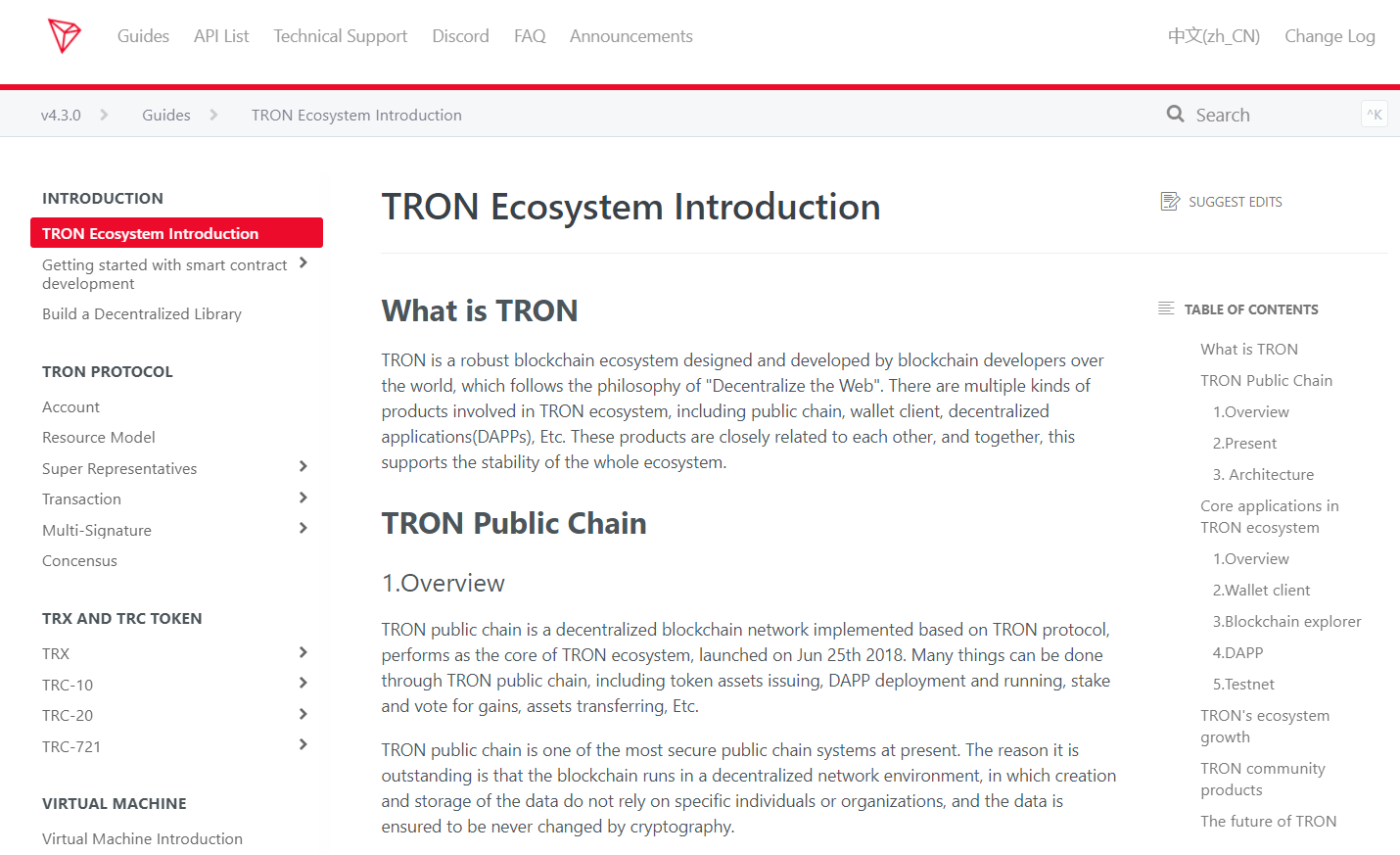
TRON's technical documentation
However, from the current point of view, it may be too early to truly realize the ambitious goal of becoming the "next generation of SWIFT". Because the cycle is quite long, because it needs to span different fields such as traditional finance, Internet circles, and encrypted finance. But with the BTTC that realizes the interoperability of multi-chain assets through heterogeneous cross-chains, the TRON public chain, as Layer 1, can at least first satisfy the clearing of cross-chain assets and play the role of "decentralized SWIFT" in the crypto world. Of course, all of these are hidden under TRON's bigger dream-" Ten Thousand Chain Interconnection". This is also the solution to the biggest pain point in the encryption world mentioned earlier.
2. "Ten thousand chains interconnection" creates a trillion-level Internet value ecology
"Ten thousand chain interconnection" means that the information barriers and asset barriers on each public chain will be broken, and data and value will flow unimpeded. At the same time, "cross-chain communication" technology is adopted in the encrypted world, highly fragmented and decentralized resources will be effectively integrated, and the expanded public chains will be interconnected on this basis . In the standard unified development environment, development speed or quality applications will accelerate, which for the block chain line to change the industry, will be a deeper level of innovation. The extension to the traditional Internet world means more specific, intuitive, and imaginative business dividends.
Just like the giants such as Ali and Tencent , once the data and the development ecosystem are completely opened up, and a large number of innovation and entrepreneurship opportunities are released, the Internet industry in the future may be in another pattern.

TRON official website page
Driven by the extremely tempting ecological picture, TRON has already pointed out the "interconnection of ten thousand chains" and has made full preparations for this. Looking back, TRON has secretly laid out for this when it gradually entered the top-tier rankings of the public chain track under the bull market and DeFi boom that started at the end of last year. At the end of February this year, Odaily Planet Daily analyzed in the article " Another TRON Under the Noise " that since the outbreak of DeFi, the external public chain that has undertaken the most value overflow of the Ethereum network is precisely TRON.
There are two main reasons behind it: Polkadot and other new era public chains were not fully prepared at that time, which left a rare window of time for the "husband chain" TRON. Public chains that have matured in 2018 or earlier are available in DeFi. The foundation has been consolidated before the outbreak; more importantly, the TRON Virtual Machine (TVM) is similar to the Ethereum Virtual Machine (EVM) environment. Developers on the existing Ethereum chain do not need to learn a new programming language to be on the TRON chain. Quickly develop, debug and compile smart contracts, which also makes the end user experience closer.
It can be seen that compatibility with the Ethereum virtual machine is a key strategy for TRON to achieve cross-chain interoperability. With this advantage and its own technological iteration, in the next few months, as the DeFi boom and NFT carnival take turns, the core data of the TRON public chain performs better. According to Tronscan data, the total number of transactions on the TRON network exceeds 2.4 billion and the total number of accounts exceeds 52 million. Compared with the data at the end of February, the increase was 59% and 140%, respectively.
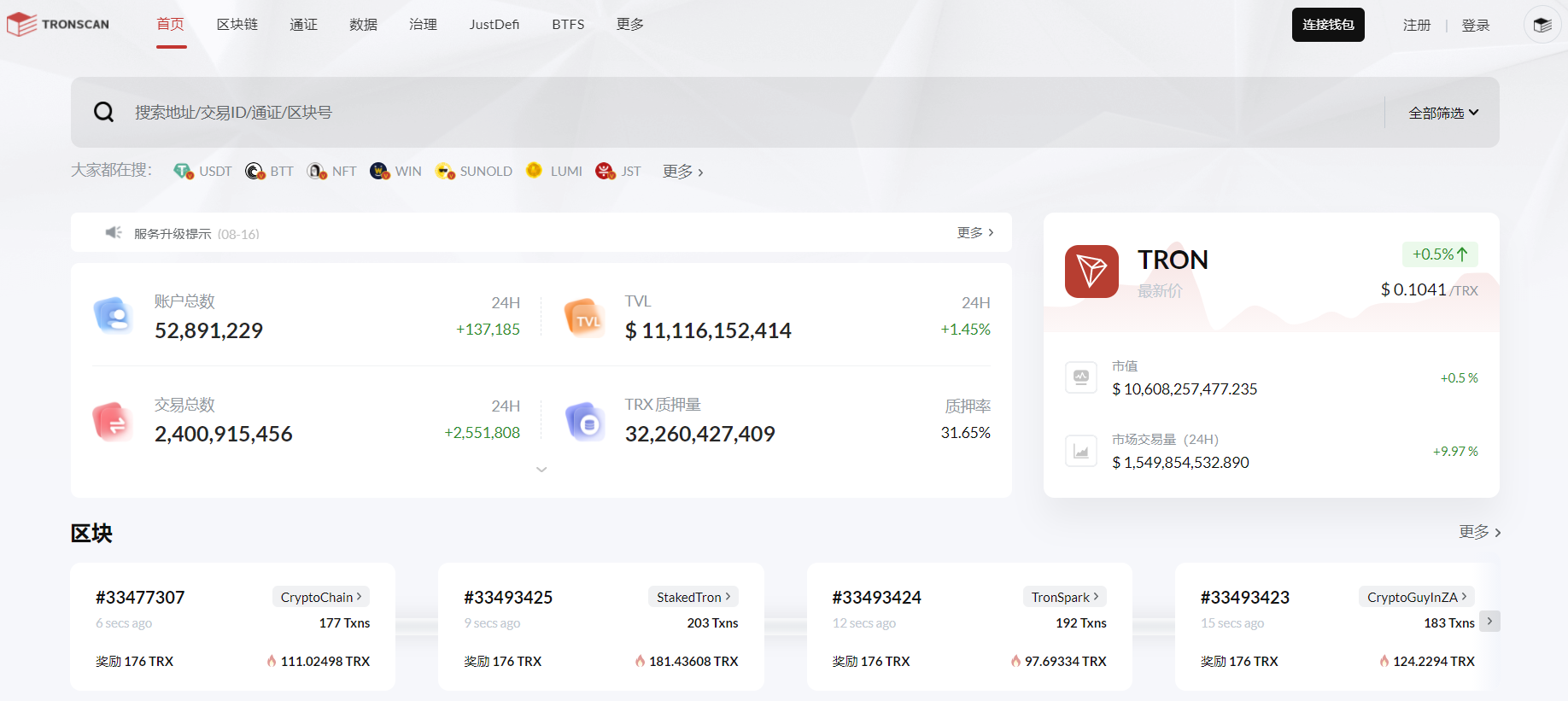
Data displayed on the TRON browser page
Justin Sun, who has tasted the dividends in grabbing the share of the Ethereum ecosystem and is getting more and more courageous, intends to further expand the results. He stated in the open letter that BTTC, as a heterogeneous chain cross-chain interoperability expansion protocol, will be compatible with TRON , Ethereum and BSC at the same time. That is, through BTTC, the unlimited transfer of assets between mainstream public chains can be realized. In addition, BTTC will also be fully compatible with the Ethereum Virtual Machine EVM, allowing all EVM developers to quickly migrate applications to TRON, providing a new high-speed, low-cost environment for applications on Ethereum.
At the same time, Justin Sun, who has always been generous, announced in the letter that he will invest 1 billion US dollars to encourage the migration of the Ethereum project to BTTC. This series of actions collectively point to a vision-BTTC will realize "the interconnection of ten thousand chains" by being compatible with more public chains in the future.
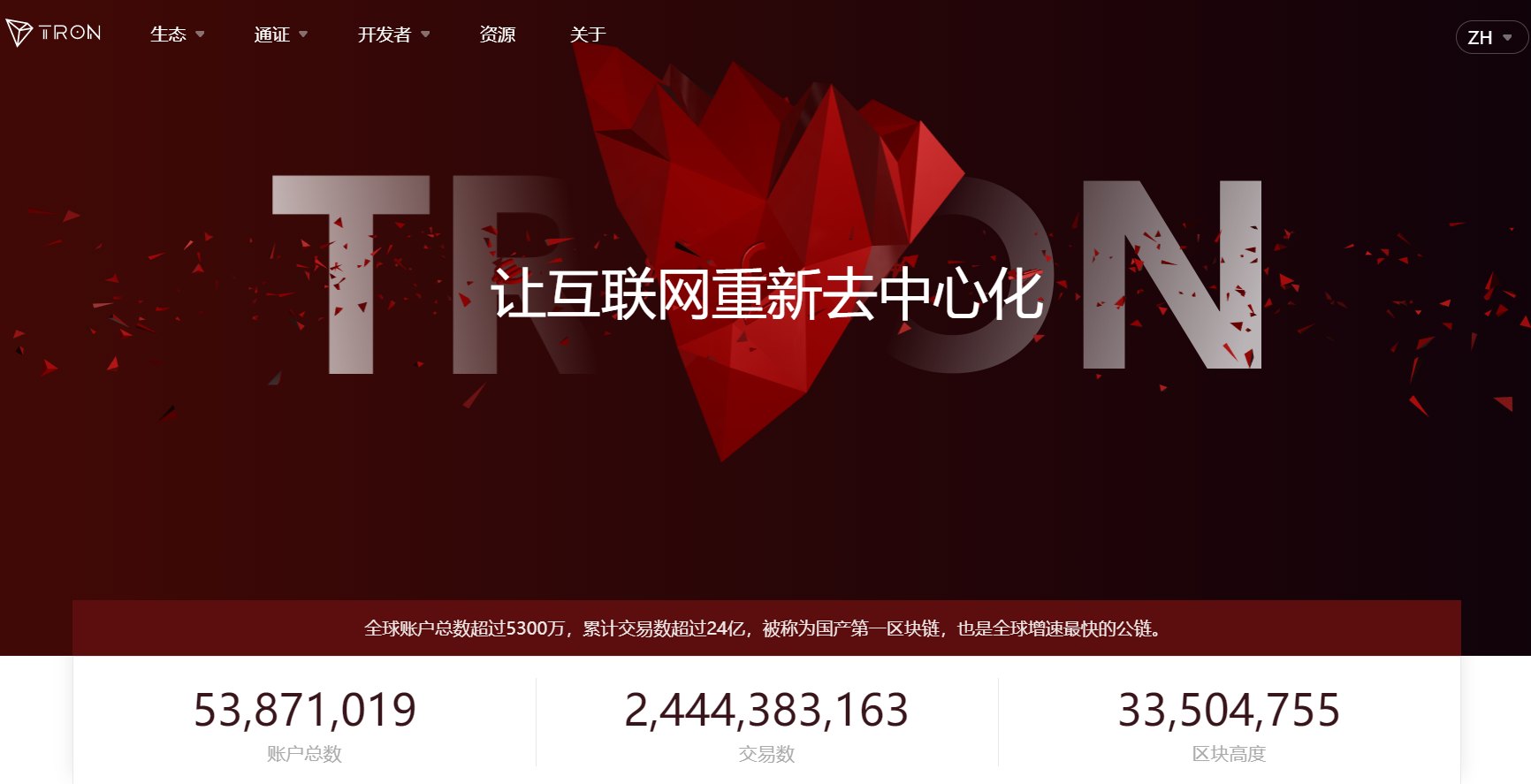
Some core data are listed on the homepage of TRON's official website
Corresponding to the grand narrative, it is actually founder Justin Sun who has consistently adhered to the public chain track since the official launch of TRON in June 2018. Although he himself, because of too much ink on the marketing level, he is quite criticized. TRON also encountered some doubts at the beginning of its launch, but judging from its current performance, it has become the first echelon of the public chain circuit.
Constantly increasing technology research and development is another aspect that Justin Sun and his team are not well-known to outsiders. Justin Sun revealed in an interview with Odaily Planet Daily at the beginning of this year that in the past four years, TRON has continuously invested 1 billion yuan in research and development costs each year. On the other hand, many "domestic public chain" projects were launched at the same time as TRON or even earlier, and they were given high hopes because of their various auras, but in the end they fell silent.
Sun Yuchen led the wave field in the "domestic public chain" collective fall of the lost game in the tight encirclement, which lasted three years, getting better, block chain raw state grid Bureau will start or expansion of cross-chain solutions BTTC a chance after the wave field Was rewritten.
3. The paradigm of "communication technology + financial innovation" linkage implies the changing trend of the world in the future
In summary, TRON's Layer 1 and Layer 2 complement each other in positioning. The former provides security and consensus support for the latter, and the latter is one of the most important application scenarios for the former in the future. The essence of the synergy between the two is the dividends derived from the iterative technology upgrade and the efficient flow of value. This kind of benign interaction will prosper the public chain ecology in the encrypted world through cross-chain and capacity expansion, and promote the mutual transfer of value.
In other words, TRON’s “Ten Thousand Chain Interconnection” will focus on promoting the implementation and application of the “next generation of decentralized SWIFT”, that is, a unified decentralized underlying protocol standard that opens up various public chains. Data and value, and complete data clearing intensively, acting as a hub for value conversion in the world on the chain; and "the next generation of decentralized SWIFT" will rely on the attributes of "technology + finance" to be the bottom layer at the application level. "Ten Thousand Chain Interconnection" attracts a steady flow of capital, information and users, and prospering the ecology of "Ten Thousand Chain Interconnection".
But as mentioned above, with the acceleration of the digitalization process, many unforeseen changes will take place in human society, just as the public could not imagine the sense of science and technology and the degree of convenience in today's society 10 years ago . The resonance effect achieved by TRON through "Layer1+Layer2" may have an impact far beyond the encrypted world, because it is a paradigm of "communication technology + financial innovation" linkage, which has become more mature in technology and more ecological. In an open environment, it may penetrate the network industry and even the lives of the general public, making it possible to realize the commercial value that previously existed only in imagination and was unattainable.
For example, the free circulation of super-sovereign digital assets can leverage the resource endowments of extremely underdeveloped countries into the mechanism. Even war-torn countries such as Afghanistan or extremely poor African countries can indirectly enjoy the innovative power of TRON. The dividend of multinational capital stimulates the value of every humble corner. In addition, the popularization of this paradigm will also be a baptism for the public's consumption and entrepreneurial concepts. In a more open and inclusive atmosphere, human trial and error have gradually ignited new genes, and it has become a round of innovation that has spread to all industries. The dual evolution of environment and mind will quickly rewrite the underlying logic of business history.
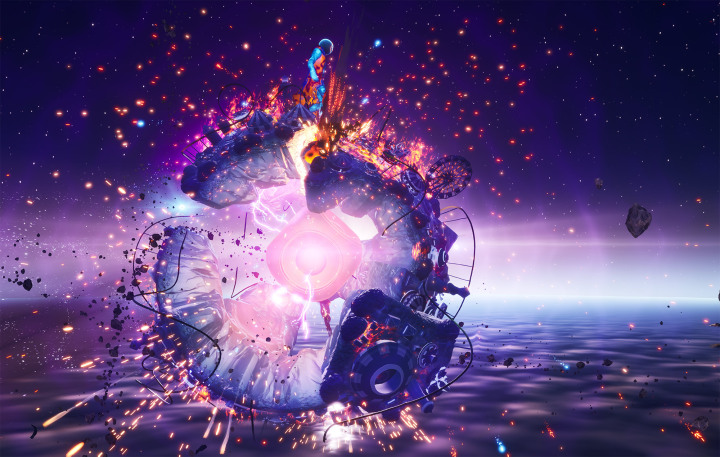
A cool picture of the meta-universe world
What is worth noting is that the pattern of “ten-thousand-chain interconnection” that TRON intends to achieve is highly compatible with the current “meta-universe” concept. It is also the commercial blue ocean created by the iterative upgrade of technology. Both "Chain Link" and "Meta Universe" are committed to breaking the gap between virtual and reality and restoring the imagination of users to real time and space. Relying on the decentralized governance structure, and under the framework of the sharing economy, both will amplify the dividends derived from technological innovation and mechanism innovation and feed them back to the participants in this process. According to Bloomberg Intelligence (Bloomberg Intelligence), the scale of the meta-universe market will reach 800 billion US dollars in 2024, approaching one trillion US dollars.
At that time, through the “ten thousand chain interconnection” and its commonality with the meta-universe, TRON can successfully stir the nearly trillion meta-universe market space in the historical trend of the overall transition of human social behavior to the data space and the large-scale digitalization of assets. It takes time to test. But in order to succeed or not, at this moment, TRON, which aims to realize the "interconnection of all chains", is conducting a meaningful experiment in technology and finance.






